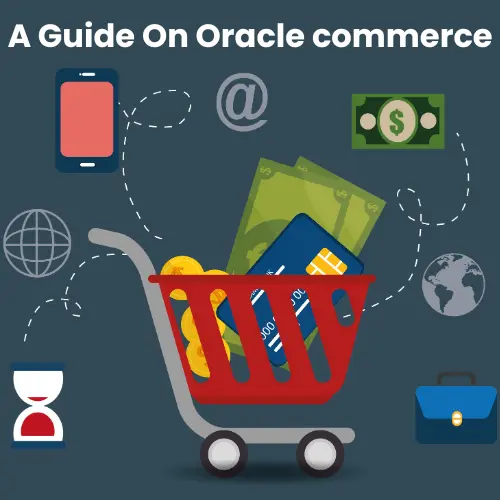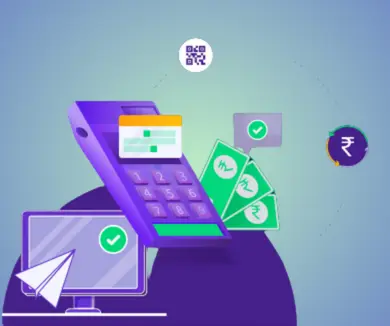Introduction
In today’s digital age, online shopping and e-commerce have become the norm. With this surge in online transactions, the need for secure and efficient payment gateways has grown exponentially. A payment gateway acts as a bridge between customers and businesses, facilitating seamless transactions while ensuring the safety of sensitive financial information. However, the multitude of payment gateway options available can often lead to confusion and complexity for both service providers and consumers. In this blog post, we will explore various payment gateways and how they simplify the payment process.
Payment Security - Give Your Customers Peace of Mind
It might come as a surprise, but many customers abandon the checkout process due to concerns about payment security. Regarding personal or payment information, buyers seek reassurance that they share their details with trusted sellers. Building customer trust is critical to addressing these issues and ensuring a smooth checkout experience.
Payment security can be enhanced in the following ways:
SSL & LTS
To safeguard payment information, websites employ encryption methods to encrypt the data before transmitting it. Secure Sockets Layer (SSL) and Transport Layer Security (TLS) are two primary protocols used for this encryption. While TLS is the newer protocol and offers stronger encryption algorithms, SSL is more commonly recognized among web users. Despite the technical differences, industry professionals often use the terms SSL and TLS interchangeably.
PCI compliance
Credit card companies require Payment Card Industry (PCI) compliance to ensure the secure execution of financial transactions. The PCI Security Standards Council is responsible for establishing and upholding the standards for PCI compliance.
PCI Data Security Standard (DSS) applies to all businesses handling, storing, or transmitting personal or payment information from credit or debit cards. Merchants accepting credit cards as payment on their websites must evaluate their compliance annually.
Tokenization
Tokenization safeguards sensitive data by replacing it with a non-sensitive equivalent called a token. The token holds no inherent meaning or value and serves as a reference or identifier that can be mapped back to the original sensitive data through a tokenization system. This secure process allows the collection of sensitive credit card information while preventing data theft.
In credit card tokenization, a unique random value, known as a token, is generated by an algorithm to replace the customer’s primary account number (PAN). These tokens securely traverse the Internet or wireless networks to facilitate payment processing without exposing the actual credit card details. The credit card number remains secure within a protected token vault.
Multi factor Authentication
Multi-factor authentication (MFA) is a widely used authentication method that mandates individuals to present two or more forms of identification to access digital resources like online accounts, payment systems, applications, and more. Typically, MFA involves users verifying their identities with additional factors such as one-time passwords (OTP), SMS codes, secret questions, and biometrics alongside their regular login credentials. This layered approach enhances security and safeguards against unauthorized access.
For example, CyberSource prioritizes the security of payment data. It complies with industry standards such as the Payment Card Industry Data Security Standard (PCI DSS) to ensure that sensitive customer information is protected.
Ensure you accept various forms of payments
Settlements in a payment gateway refer to transferring funds from the customer’s account to the merchant’s account. It involves collecting and reconciling customer payments and distributing the funds to the merchants. Settlements typically occur on a scheduled basis, such as daily or weekly, and can include various payment methods like credit cards, debit cards, and online wallets.
On the other hand, funds transfer is the actual movement of money between different accounts. Once the settlement process is complete, the payment gateway initiates the transfer of funds from the customer’s bank account or credit card to the merchant’s designated account. This process is commonly referred to as direct deposit, as it enables transfers to occur independently without the need for bank employees’ involvement. This transfer can be facilitated through various banking systems or payment networks, ensuring the secure and efficient movement of funds.
Settlements in e-commerce can occur through two methods: standard and instant. The standard settlement typically takes around 3 to 4 days to complete. On the other hand, instant settlements can be processed in as little as 15 minutes after fund capture, even during bank holidays. Instant settlements bring several advantages to your e-commerce business. They eliminate uncertainties related to settlement timeframes and provide improved cash flow, allowing you to address any urgent payment obligations you may have promptly.
All fund transfers occur digitally, utilizing a method known as Electronic Funds Transfer (EFT). EFT facilitates the transfer of funds between the sender and receiver’s bank accounts and can be executed through various channels:
– National Electronic Funds Transfer (NEFT)
– Immediate Payment Service (IMPS)
– Real Time Gross Settlement (RTGS)
– ATM Transaction – All ATM transactions are powered by ETF
– Debit/Credit Card Transactions
– UPI Money Transfer
Securing Payments by Seamlessly Transaction Approval or Instant Decline
Payment authentication in a payment gateway involves verifying the payer’s or cardholder’s identity to ensure the rightful owner of the payment method authorizes the transaction. This can be done through various methods, such as two-factor authentication, biometrics, or secure tokens. Authentication is a crucial step in preventing fraudulent purchases using stolen debit and credit cards.
Credit card authentication burdens the purchaser to provide sufficient evidence that they are authorized to purchase using the specific payment method. To achieve this, the purchaser must provide information that confirms their identity as a legitimate cardholder, ensuring protection against impersonation and unauthorized transactions.
Verification confirms the authenticity and integrity of the payment details to prevent fraud and ensure a secure transaction process. Visa and MasterCard SecureCode are two services developed by card associations to assist e-commerce merchants in verifying the customer’s authorization as an authorized user of the presented card during payment. When a card is enrolled in one of these services, the cardholder is prompted to enter a passcode in the Verified by Visa or MasterCard SecureCode window that appears upon entering the account number at a participating merchant’s checkout. Only after entering the passcode can the cardholder proceed with the payment.
Conclusion
Selecting the right payment gateway solution simplifies online transactions and ensures a smooth and secure payment process. By focusing on payment security, accepting various forms of payment, mitigating fraud and managing risk, facilitating seamless settlements and funds transfer, and securing payments through transaction approval or instant decline, businesses can provide a seamless and trustworthy payment experience for their customers. Businesses must prioritize these aspects and choose a payment gateway provider offering robust features and services to meet their needs and requirements. With the right payment gateway solution, businesses can enhance customer trust, increase sales, and establish themselves as reliable players in the digital marketplace.



